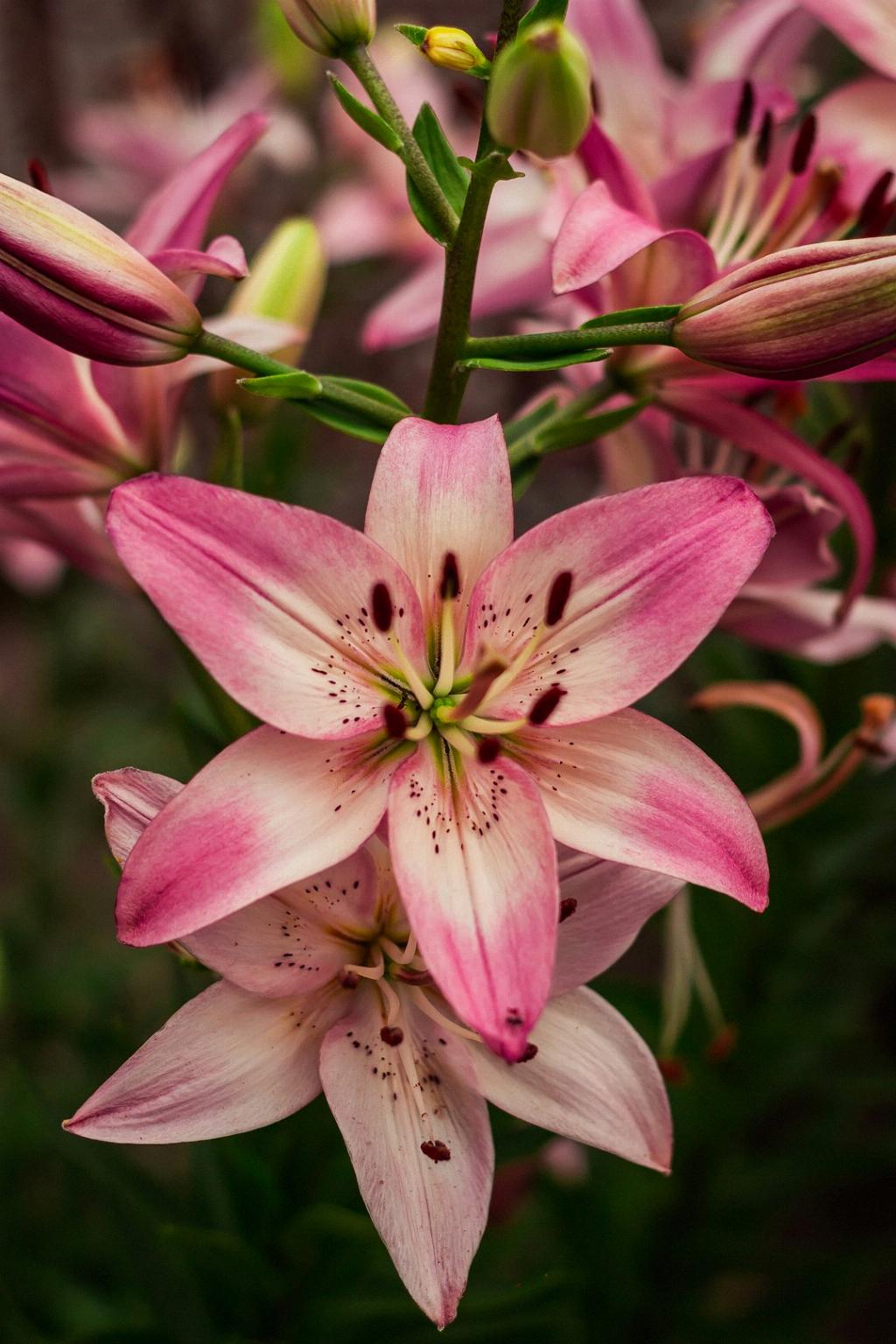So, you’re ready to plant some beautiful lily bulbs in your garden? Fantastic choice! Lilies are not only stunning flowers, but they are also relatively easy to grow with the right care and attention. Follow these steps to ensure your lily plants thrive and bloom magnificently.
Choosing the Right Time to Plant
Before you start digging holes in your garden, it’s crucial to consider the timing of planting your lily bulbs. As mentioned earlier, lily bulbs can be planted in either fall or early spring. If you opt for spring planting, make sure the soil is well-drained and enriched with compost.
Preparing the Soil
When preparing the soil for your lily plants, ensure that it is loose, well-drained, and nutrient-rich. Lilies thrive in soil that is slightly acidic to neutral. If your soil is too acidic, you can add some lime to balance the pH levels.
Choosing the Right Location
Lilies prefer a location that receives full sun to partial shade. Make sure the area you choose has good air circulation to prevent diseases. Additionally, lilies look fantastic when planted in groups or clusters, so consider planting them in threes or fives for a dramatic effect.
Planting Depth and Spacing
When planting lily bulbs, ensure they are placed at the correct depth. Typically, lily bulbs should be planted about three times as deep as the bulb is tall. Space the bulbs at least eight inches apart to allow for proper root development and airflow.
Watering and Mulching
After planting your lily bulbs, give them a good drink of water to help settle the soil and encourage root growth. Once established, lilies do not require excessive watering. Consider applying a layer of mulch around the plants to retain moisture and suppress weeds.
Fertilizing Your Lily Plants
During the growing season, lilies benefit from a light application of a balanced fertilizer every six to eight weeks. Be cautious not to over-fertilize, as this can lead to leggy growth and fewer blooms. Always follow the instructions on the fertilizer package.
Supporting Tall Varieties
If you’re planting tall varieties of lilies, such as Oriental or Trumpet lilies, consider providing support for the stems to prevent them from bending or breaking in strong winds. Staking or using plant supports can help maintain the upright growth of these varieties.
Deadheading and Pruning
Throughout the blooming season, remove spent flowers (a process known as deadheading) to encourage the plant to put more energy into producing new blooms. Once the lily plant has finished blooming, prune back the foliage but leave some green for photosynthesis.
Protecting Your Lily Plants
Be mindful of pests and diseases that can affect lilies, such as aphids, mites, and botrytis blight. Regularly inspect your plants for any signs of infestation or disease, and take appropriate measures to address them promptly to prevent further damage.
Overwintering Lily Plants
If you live in a region with harsh winters, consider mulching your lily plants in late fall to protect the bulbs from freezing temperatures. Applying a layer of straw or shredded leaves around the base of the plants can provide insulation and prevent frost damage.
Enjoying the Fruits of Your Labor
With proper care and attention, your lily plants will reward you with an array of colorful blooms that brighten up your garden and bring joy to your heart. Take the time to appreciate the beauty of these elegant flowers and share them with friends and family.
Conclusion
Planting and caring for lily plants can be a fulfilling and rewarding experience for any gardener. By following these guidelines and tips, you can ensure that your lilies thrive and flourish, becoming a focal point in your garden for years to come. So, roll up your sleeves, grab your gardening tools, and get ready to enjoy the beauty of lilies in your outdoor space!

